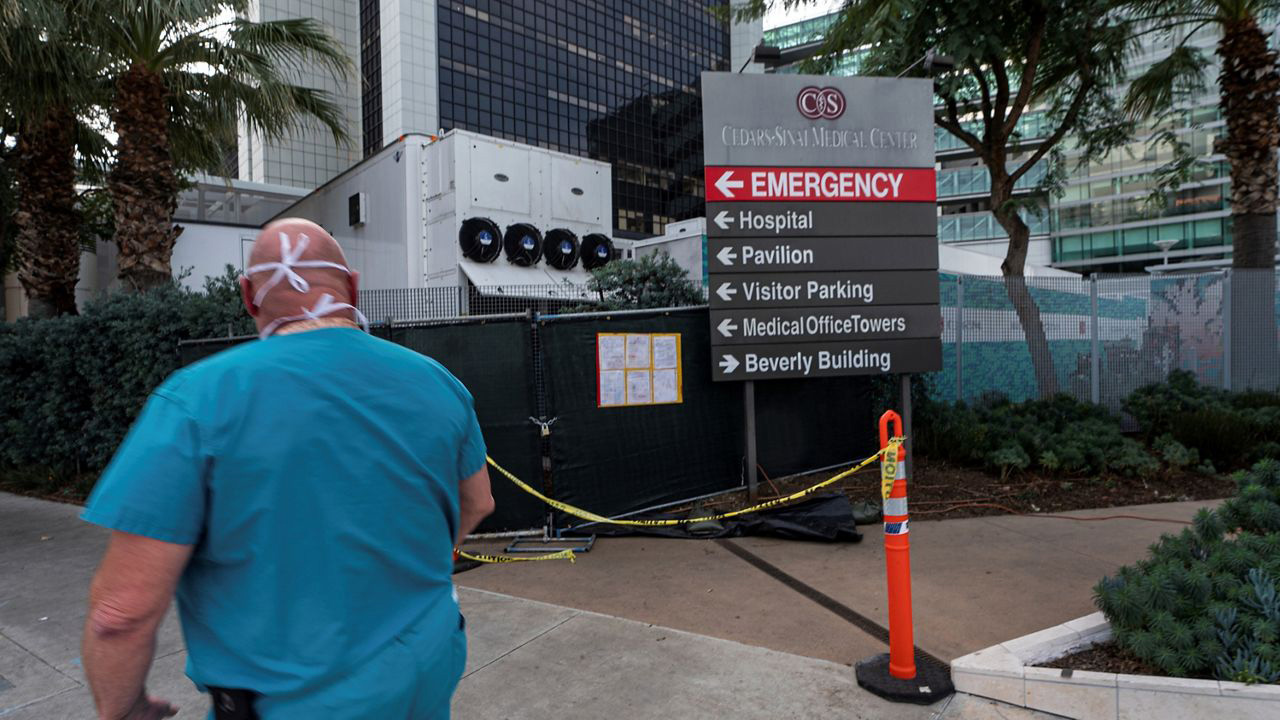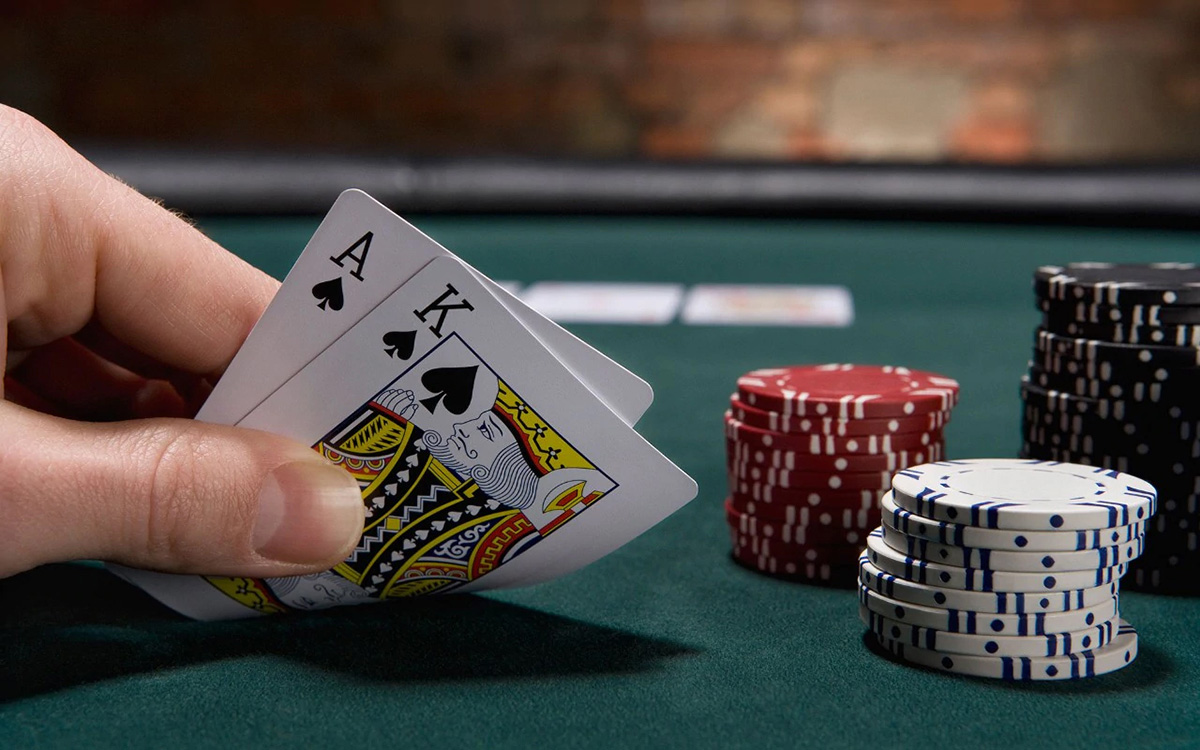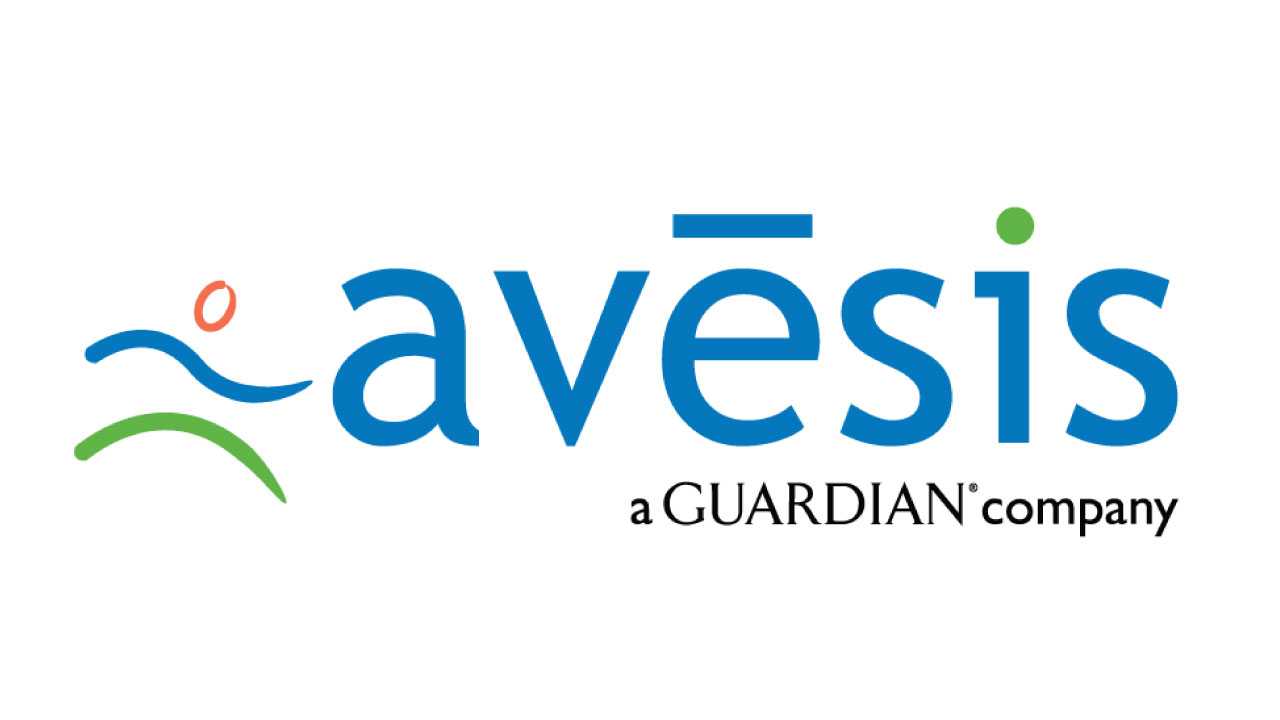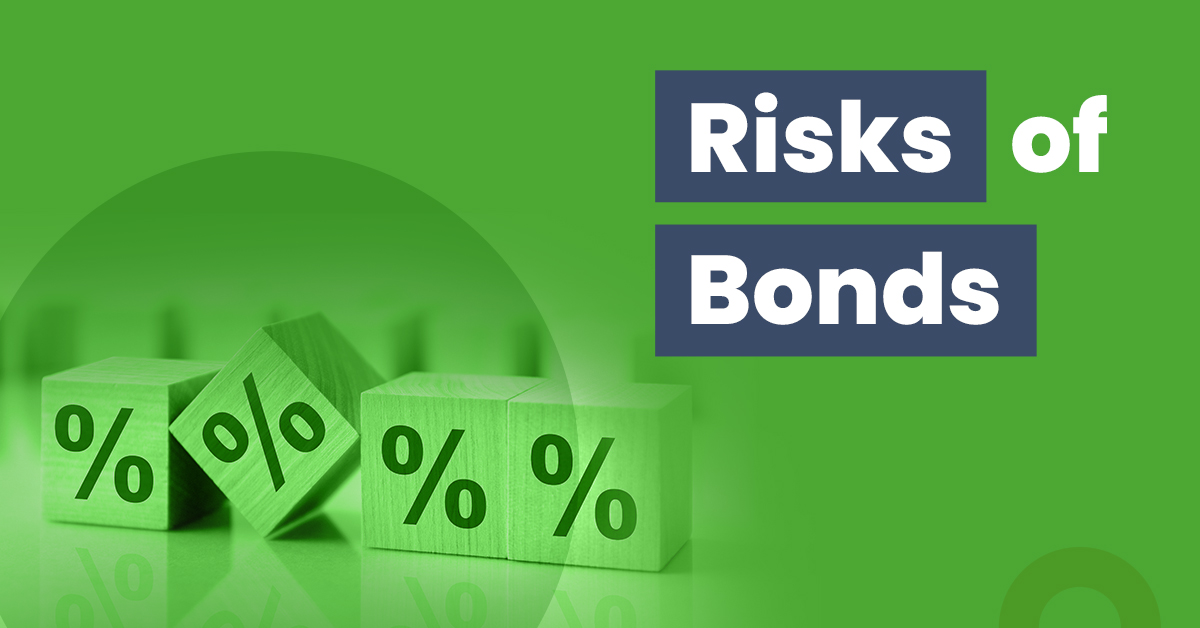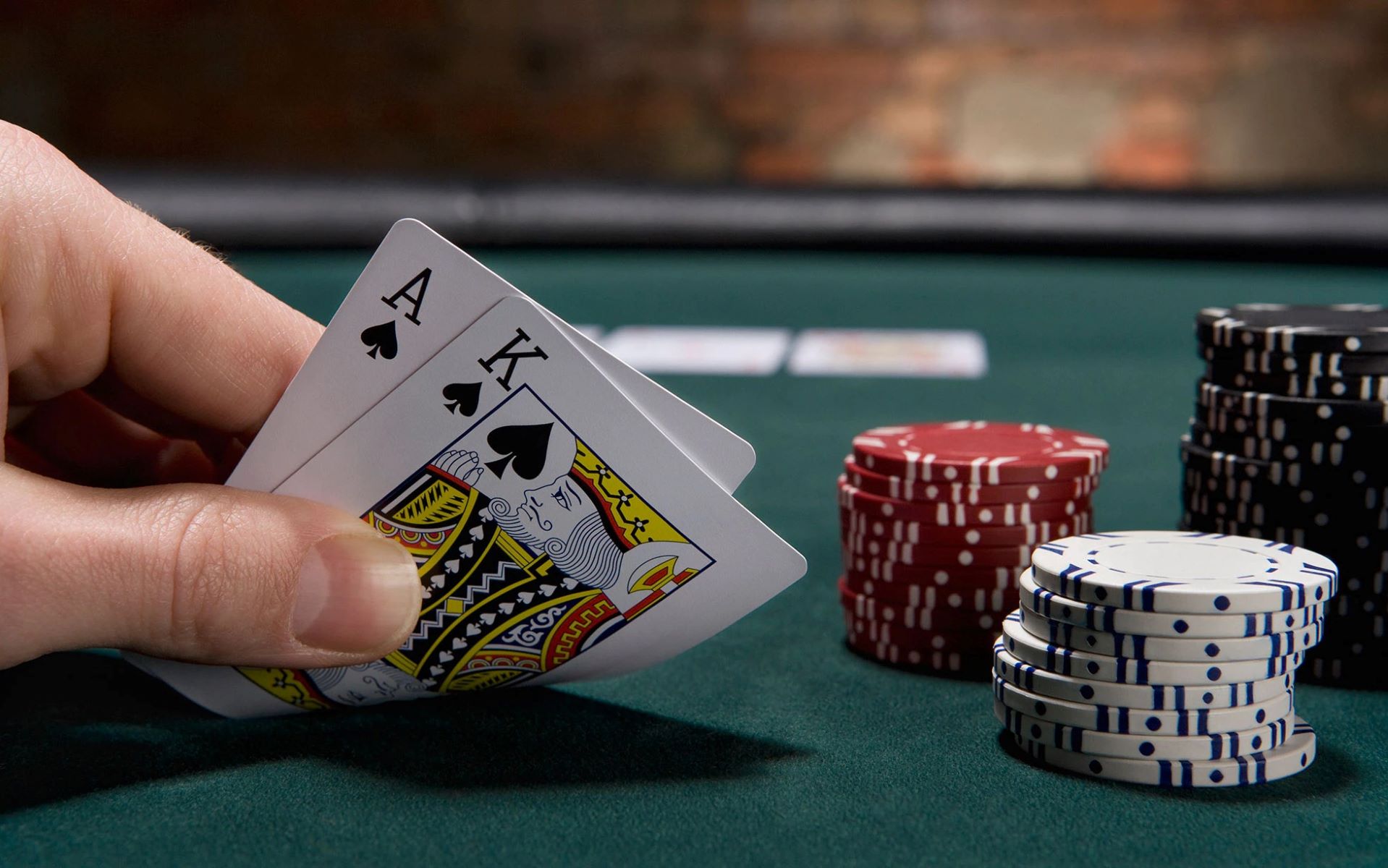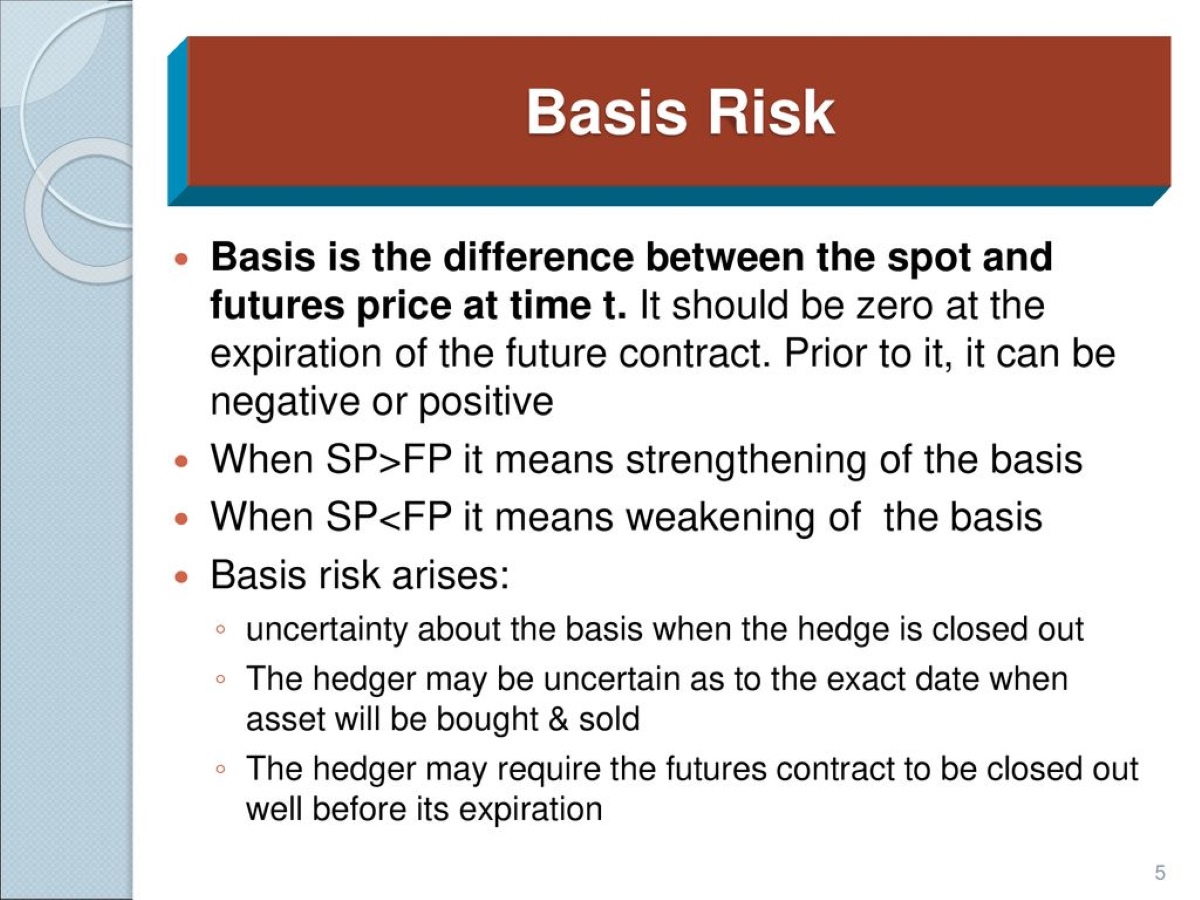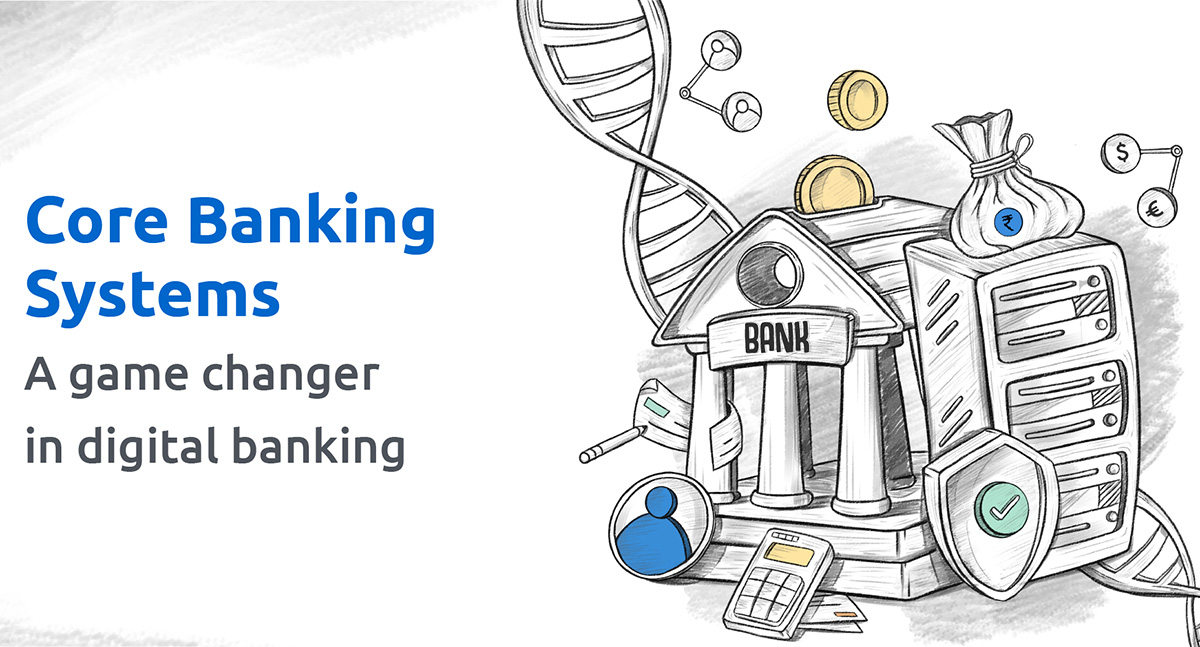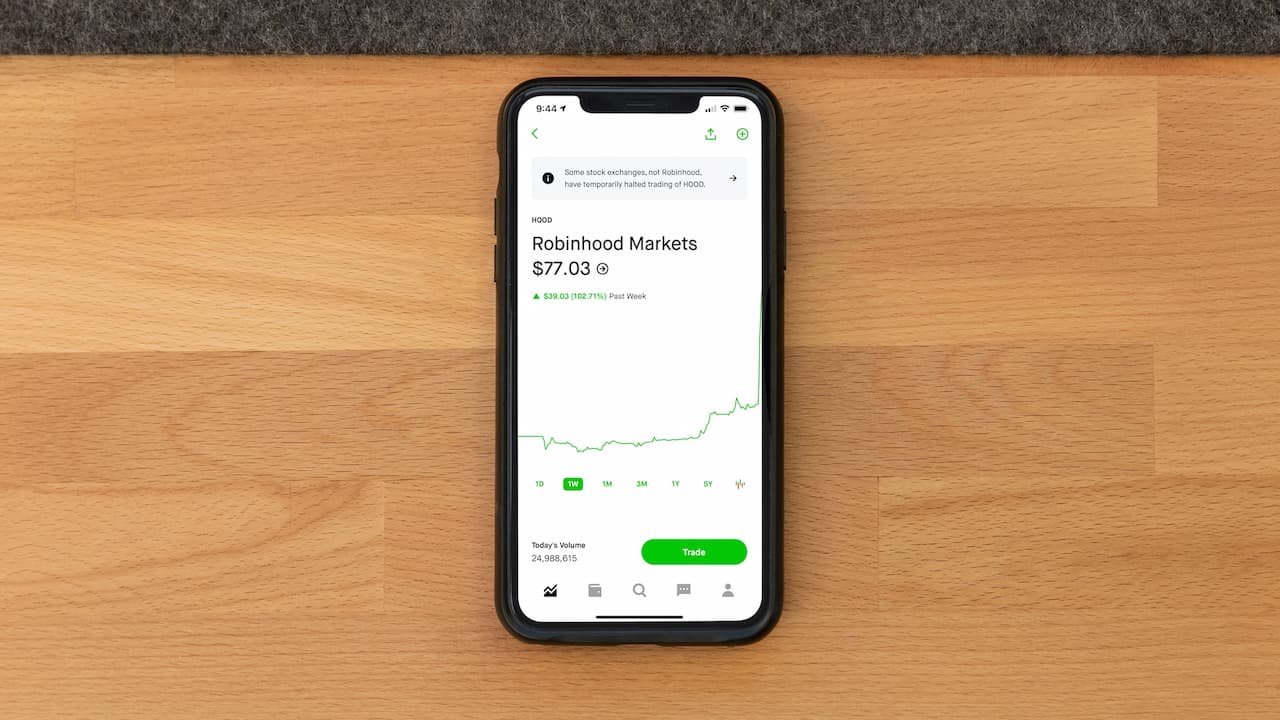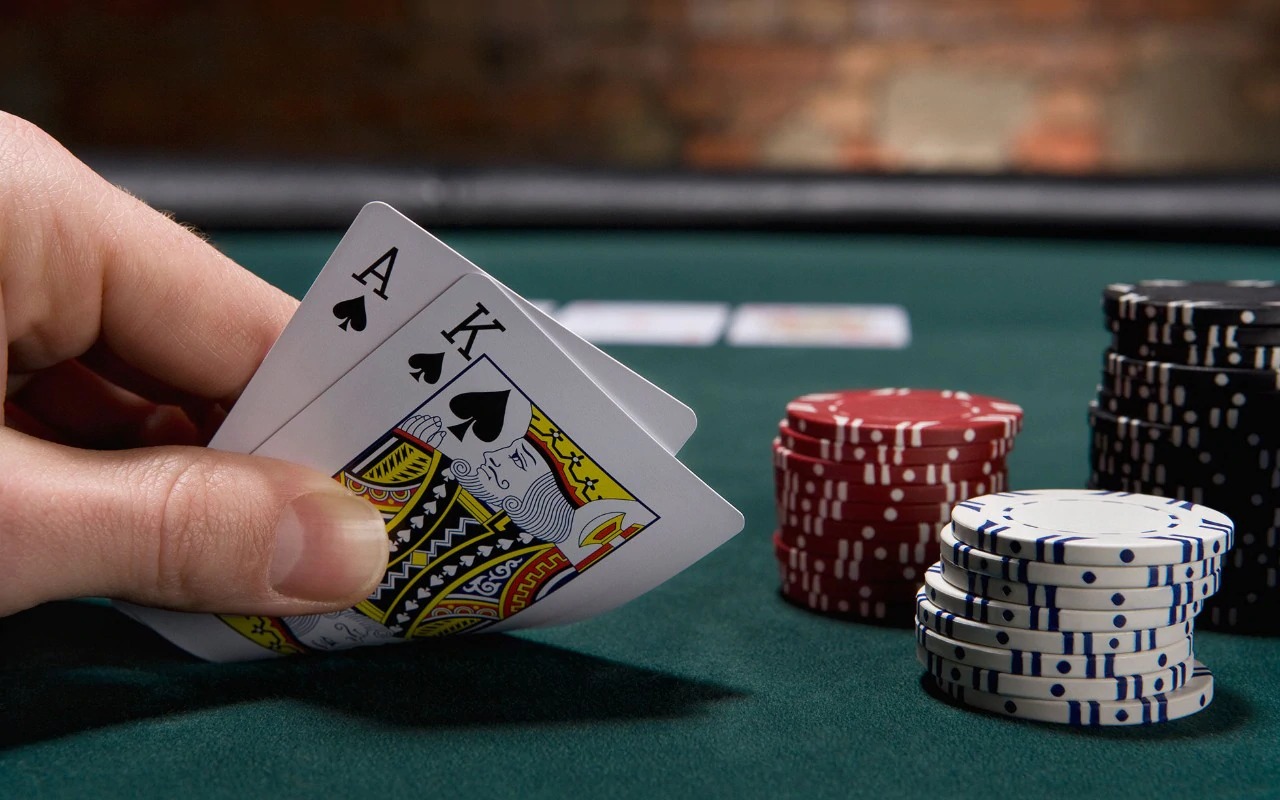

Finance
When To Take Insurance In Blackjack
Modified: February 21, 2024
"Find out when it's the right time to take insurance in blackjack and how it can impact your financial decisions. Learn more about finance strategies in the game."
(Many of the links in this article redirect to a specific reviewed product. Your purchase of these products through affiliate links helps to generate commission for LiveWell, at no extra cost. Learn more)
Table of Contents
Introduction
In the thrilling world of blackjack, one crucial decision that players often face is whether or not to take insurance. Insurance is a side bet that becomes available when the dealer’s face-up card is an Ace. It offers players the chance to protect their original bet against the possibility of the dealer having a blackjack, which pays out at 2:1.
However, the decision to take insurance is not as straightforward as it may seem. Understanding the concept of insurance, the odds involved, and the impact on your overall blackjack strategy is essential in making the right choice at the table.
This article aims to guide you through the ins and outs of taking insurance in blackjack. We will explore the implications it has on the house edge, strategic considerations, and debunk common misconceptions surrounding this side bet. By the end, you will have a better understanding of when it is wise to take insurance and when it is best to steer clear.
Understanding Insurance in Blackjack
Before delving into the decision of taking insurance, it is important to understand what it entails. When the dealer’s up card is an Ace, players have the option to place an insurance bet, usually equal to half of their original bet. This bet is separate from the regular blackjack bet.
If the dealer ends up having a blackjack, the insurance bet wins, paying out at 2:1. This means that even if the player loses their original bet, they will be compensated by the insurance bet. However, if the dealer does not have a blackjack, the insurance bet is lost, and the game continues as usual.
It is crucial to note that insurance is a side bet and should not be confused with the main objective of blackjack, which is to beat the dealer’s hand without going over 21. While appealing, you must approach insurance with caution, as it can significantly impact your overall winnings in the long run.
Now, let’s delve into the mathematical implications of insurance and its effect on the house edge.
The House Edge and Insurance
When considering insurance, it is essential to understand its impact on the house edge. The house edge represents the casino’s mathematical advantage over the player, indicating the percentage of each bet that the casino expects to win in the long run.
In blackjack, the standard house edge is around 0.5%. However, taking insurance can substantially increase this edge if not properly executed. When the dealer does not have a blackjack, the insurance bet is lost, resulting in an automatic loss of half of the original bet.
For instance, let’s say you placed a $10 insurance bet and the dealer does not have a blackjack. You would lose the $10 insurance bet on top of potentially losing your original $10 bet, effectively doubling your losses.
Considering that the chances of the dealer having a blackjack are relatively low, it is important to weigh the risk against the potential reward. Taking insurance may give you a temporary sense of security, but in the long run, it can significantly eat into your profits.
To put it into perspective, if you were to consistently take insurance on every eligible hand, you would likely see a significant decrease in your overall winnings and increase the casino’s advantage.
Next, we will delve into when it is prudent to take insurance in specific scenarios.
When the Dealer has an Ace
One of the most common situations that prompt players to consider insurance is when the dealer’s up card is an Ace. In this scenario, the dealer has the potential to form a blackjack, making insurance seemingly appealing.
However, it is crucial to evaluate the odds and make a calculated decision. The probability of the dealer having a 10-value card in the hole and forming a blackjack is approximately 31%. This means that about 31% of the time, insurance will result in a payout.
To break it down further, let’s say you have a $10 bet on the main hand, and the dealer’s Ace is showing. The insurance bet would typically be $5. If you take insurance and the dealer has a blackjack, you would win $10 on the insurance bet but lose your original $10 bet, resulting in a net gain/loss of $0.
But in the remaining 69% of cases where the dealer does not have a blackjack, you lose the insurance bet, resulting in a $5 loss. This means that when the dealer has an Ace, taking insurance would result in a net loss in the long run.
Considering these probabilities and the impact on your overall winnings, it is generally recommended to avoid taking insurance when the dealer’s up card is an Ace. The odds are not in your favor, and it is more advantageous to focus on your blackjack strategy rather than relying on the insurance side bet.
Next, let’s explore another common scenario: when the dealer’s up card is a 10-value card.
When the Dealer has a 10-Value Card
Another situation that often tempts players to consider insurance is when the dealer’s up card is a 10-value card, such as a 10, Jack, Queen, or King. These cards have the potential to form a strong hand, so it is natural to feel cautious and think about protecting your bet.
It is important to note that the odds of the dealer having a blackjack with a 10-value card as their up card are the same as when they have an Ace. The probability is still around 31%.
Let’s consider the same scenario as before – you have a $10 bet on the main hand, and the dealer’s up card is a 10-value card. The insurance bet would typically be $5. If you take insurance and the dealer has a blackjack, you would win $10 on the insurance bet but lose your original $10 bet, resulting in a net gain/loss of $0.
However, in the majority of cases (69%) where the dealer does not have a blackjack, you would lose the insurance bet and suffer a $5 loss. Similar to when the dealer has an Ace, taking insurance when the dealer has a 10-value card leads to a net loss in the long run.
Thus, just like the previous scenario, it is generally advisable to avoid taking insurance when the dealer’s up card is a 10-value card. It may seem tempting, but mathematically, it is not a profitable move. Instead, focus on your blackjack strategy and play your hand accordingly.
Now that we have explored when to avoid taking insurance, let’s examine some situations where it is best to steer clear of this side bet.
When Not to Take Insurance
While it is important to evaluate specific scenarios when deciding whether to take insurance, there are general guidelines to consider that can help you make an informed choice. Here are some situations when it is typically not recommended to take insurance:
- When your hand is strong: If you have a strong hand yourself, such as a total of 18 or higher, it is usually better to focus on playing your hand strategically rather than relying on insurance. Your chances of winning the hand and beating the dealer are already high, so there is minimal need for insurance.
- When the count is unfavorable: In advanced blackjack strategies, players may keep track of the card count to determine the favorable or unfavorable composition of the remaining deck. If the count suggests that the deck is rich in 10-value cards, the probability of the dealer having a blackjack decreases, making insurance less advantageous. Conversely, if the count suggests a majority of low-value cards, insurance becomes even riskier and less profitable.
- When you are already losing: If your initial hand is not strong and you are already at a disadvantage, taking insurance will simply increase your losses if the dealer does not have a blackjack. In such cases, it is generally more prudent to focus on minimizing your losses rather than risking more money on insurance.
Remember, the goal in blackjack is to outplay the dealer by making strategic decisions based on your own hand and the dealer’s up card. Insurance should be viewed as a separate side bet with odds that are generally not favorable for the player.
By understanding when not to take insurance, you can make more informed decisions at the blackjack table and improve your overall chances of winning.
Common Misconceptions about Insurance in Blackjack
When it comes to insurance in blackjack, there are several common misconceptions that can mislead players and influence their decision-making. Let’s debunk some of these misconceptions:
- Insurance guarantees protection: One of the biggest misconceptions is that insurance offers guaranteed protection for your original bet. However, insurance is just a side bet that depends on the dealer having a blackjack. In the majority of cases, the dealer will not have a blackjack, and taking insurance will result in a loss of the insurance bet.
- Insurance balances out losses: Some players believe that taking insurance can help balance out their losses when the dealer has a blackjack. While it is true that insurance pays at 2:1, it does not compensate for the losses on the original bet. In the long run, consistently taking insurance can lead to significant losses and increase the casino’s advantage.
- Insurance improves your odds: Taking insurance does not improve your overall odds of winning in blackjack. In fact, it increases the house edge and lowers your expected return. The best way to improve your odds is by using basic blackjack strategy and making strategic decisions based on your hand and the dealer’s up card.
- Insurance helps you break even: Another misconception is that insurance can help you break even when the dealer has a blackjack. However, when you take insurance and the dealer has a blackjack, you only break even on the insurance bet. You still lose your original bet, resulting in a net loss.
- Insurance is necessary when the dealer has an Ace: While it may seem logical to take insurance when the dealer has an Ace, the odds are not in your favor. The probability of the dealer having a blackjack is relatively low, and taking insurance in this situation leads to a net loss in the long run.
It is important to separate fact from fiction and make informed decisions when it comes to insurance in blackjack. Understanding the true implications and odds associated with insurance can help you develop a more effective blackjack strategy and improve your overall success at the table.
Conclusion
When it comes to taking insurance in blackjack, it is crucial to have a clear understanding of the odds, implications, and impact on your overall strategy. While insurance may seem like a tempting option to protect your bet, it is generally not a profitable move in the long run.
Taking insurance increases the house edge and decreases your expected return. The chances of the dealer having a blackjack are relatively low, and the potential losses from unsuccessful insurance bets can outweigh the occasional wins.
Rather than relying on insurance as a safety net, it is advisable to focus on mastering basic blackjack strategy, making strategic decisions based on your hand and the dealer’s up card. By doing so, you can improve your odds of winning and minimize losses without relying on the uncertain outcome of insurance bets.
Remember, blackjack is a game of skill and strategy, and the key to success lies in understanding the probabilities, making informed decisions, and maintaining discipline at the table.
So the next time you find yourself faced with the choice of taking insurance in blackjack, consider the odds, evaluate your hand, and make the decision that aligns with a sound blackjack strategy. By doing so, you’ll enhance your chances of coming out on top and enjoying a rewarding blackjack experience.
